Want to hear more from the actors and creators of your favorite shows and films? Subscribe to The Cinema Spot on YouTube for all of our upcoming interviews!
Managing editor & film and television critic with a Bachelor's of Arts in English Literature with a Writing Minor from the University of Guam. Currently in graduate school completing a Master's in English Literature.
J.G. Quintel’s Cartoon Network Studios adult animated sitcom series, Close Enough Season 3, premiered on HBO Max a week and a half ago, and it was just magnificent. I got a chance to conduct a brief interview with Quintel, himself. You can watch my conversation with him; as well as read the transcript of the dialogue between him and me.
Warning: Minor spoiler alert for those who have not yet seen the new season.
Tackling Close Enough Season 3
John Daniel: As the adage goes, “Art imitates life”. You have done that so well with your past and current works. In terms of life experiences, what was your approach for [Close Enough] Season Three?
J.G. Quintel: I guess it would be similar to what we’ve done in the past. When you get in the room and you’re writing with everybody, we’re all kind of talking about stories that are going on with us. I think it was kind of interesting this season because we wrote the whole thing and produced the entire series during the pandemic. As far as coming up with ideas in the now everybody was kind of locked in and we were working remotely the whole time. Definitely thinking about things that we remember from the past and stuff that we hope for.
There’s a[n] episode right out of the gate in Season Three about Josh [Singleton (voiced by Quintel)] and Emily [Ramirez (voiced by Gabrielle Walsh)] wanting to take the honeymoon that they never took. That was something that rang true to me; my wife and I didn’t really take a honeymoon. We kind of did a super simple wedding. It was funny to come up, have the writers come up with an idea where it’s like, “Oh, they finally up enough money to go on a honeymoon. Where are they gonna go?” and then, yeah, I don’t wanna ruin it though.
Production of the Series
JD: You bring up the pandemic. How much of the series did you work on or — because the pandemic is still going on — did you write the stories as you went through the past two, three years?
JGQ: Yeah. In Season Two, actually, we finished our post [production] during the pandemic. Like that’s when it first started, so we were doing a lot of that work remotely for the first time. We were like, “Okay, I think we can do this”. We pulled it off and we were able to release Season Two, but then when we started producing Season Three, everybody was in the pandemic and it was like lockdown and all of that. The entire season was made where we’ve only seen each other on phone calls and doing everything [remotely].
We’re very fortunate to have the technology that makes it so that we can still do this job and make the show just from home. Little, little tweaks, everybody recording from their closets. All the actors got equipment so that they could record at home. So you’re seeing everybody’s clothes because that was like the best space for sound to do recordings, but I think everything else was kind of similar as far as people being at their desks and doing their work and turning it in and you just look at it on the computer.
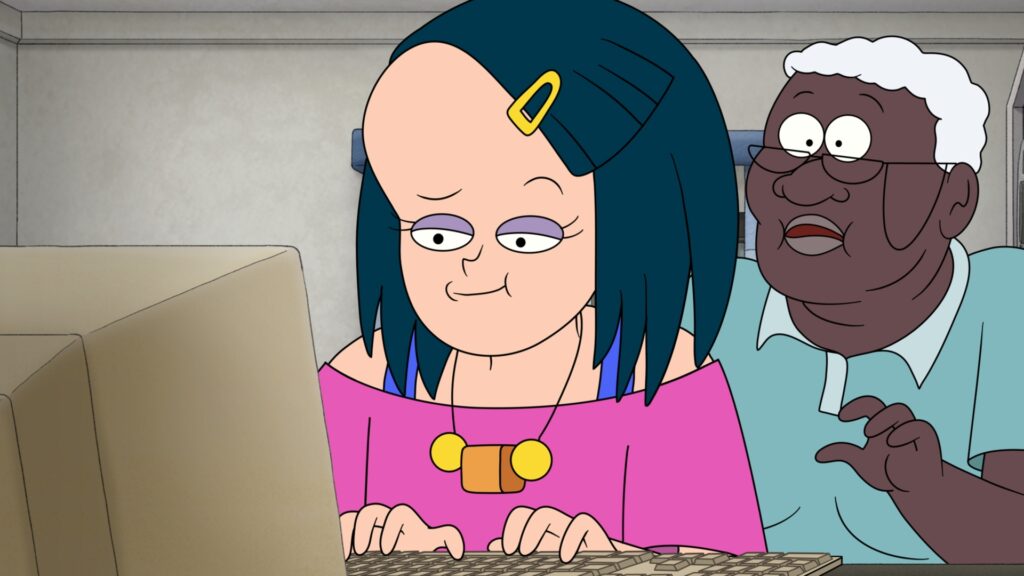
Animating In-Person vs Virtually
JD: As opposed to doing it in a studio, right?
JGQ: Yeah. Because in the studio setting, we’re all together and we can see each other, we can go to pitches and you can hear people laughing. We would still do pitches, but you’d have to ask people to not laugh because Zoom would just start going crazy, trying to figure out who it should be listening to. The same thing with doing art approvals; typically you’d go and sit with your leads and look and talk about the art together. Instead, it’d be more of sharing your screen and looking at it and talking about it with the person not in the room or maybe doing like notes on a PDF and sending it back. That type of thing.
Obstacles for Close Enough Season 3
JD: What were some of the challenges that you encountered during this season?
JGQ: Oh man, I would definitely say record[ing]s were a bit of a challenge because that was our first time — everybody was remote. Everybody recorded separate[ly]. Everybody was in a bubble as far as doing their parts. We’d read in with them sometimes back and forth, but it was never the actors playing off of one another. And then I think everything else went pretty smoothly.
Now that we’re in our third season, a lot of our crew has been on the show for a while now and they really understand the characters and get the flow of the show. We have already gotten past some of those growing pains and we’re able to work a little bit more autonomously, which is great because people got it; they would do it and you’d be like, “This is great! Just keep going”.
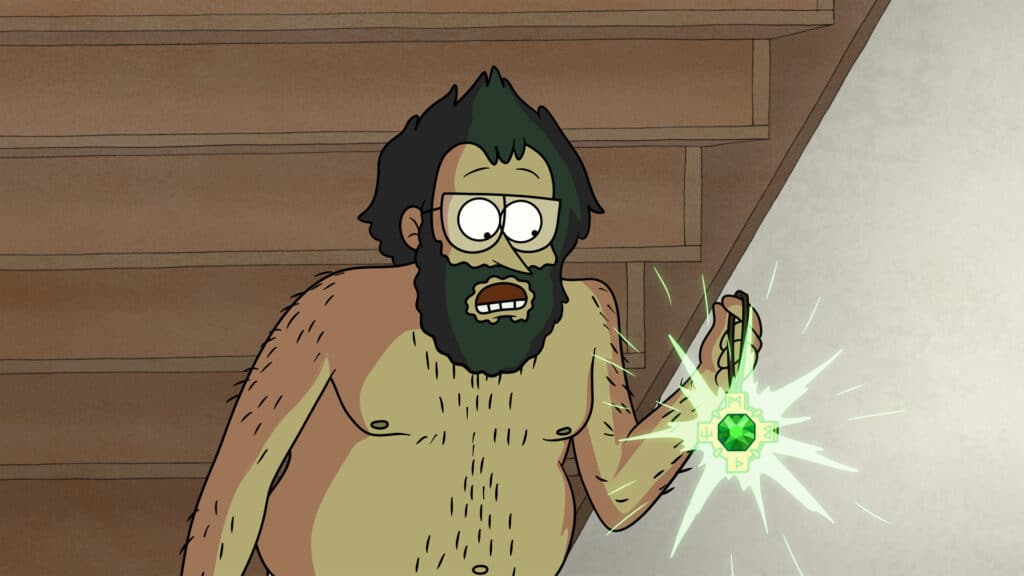
Breaking through Barriers for an Adult Animated Series
JD: In terms of the writing process and given that this is on a streaming service, did you have any trouble tackling the more mature themes and concepts?
JGQ: No, I think those were actually kind of liberating to be allowed to do those types of ideas, where typically in a kid’s show, we’re not allowed to do certain subjects because well, a kid isn’t gonna really understand why it’s funny to do errands or why it’s funny to [do] whatever the more adult issue is. Being on a streaming service and being allowed to do almost you whatever want — I mean, we do have some limitations — it’s just really fun to talk about those types of stories and more things that we’re dealing with as adults to come up with comedy and stories and all that.
Vulgarity in Adult Animation
JD: There was one episode [in] the lat[t]er part of the season. Alex [Dorpenberger (voiced by Jason Mantzoukas)] cusses and that’s the only moment where there’s a bleep. That made me think, Is there something — like a barrier?
JGQ: Oh yeah, so — okay. For bleeping, there’s certain words you can’t say and they’re gonna — you can do ’em but then you bleep it. We’re aware of that rule, so we usually write to it. We know what we can and cannot say, and the bleeps that we do are specifically like for comedic effect where we’re trying to make it feel like, “Oh, that’s something that they definitely can’t say!” but typically we do that on purpose. It’s not like we were going, “This is what he’s gonna say”, and then the network bleeped it. We did that on purpose.
JD: That [felt] like a cue for me, like I did think about that, but I thought there was a deeper something [i.e., meaning], like maybe it was a specific something that he said.
Revisiting Previous Plot Points
JD (CON’T): You bring up the first episode with the honeymoon and … the way that Season Three ends, I feel like there is a full-circle kind of narrative going on. Will that be the case for the entire [Close Enough] series as a whole?
JGQ: Yes. We definitely, in Season Three, start to pick up a little bit more of a through-line for the characters that could build and start to change them and their relationships with one another. Depending on if we get to do more [Close Enough episodes] or not, we wanna definitely explore the change to dynamics between them. Yeah, definitely the season finale for this, for Season Three, it’s teeing it up for us to move on to new types of stories in Season Four.
JD: Yes, and with a lot of Cartoon Network television series — for example, with Adventure Time, how it starts off [where] you do your own stories, but then when you get into the later seasons, you build the story.
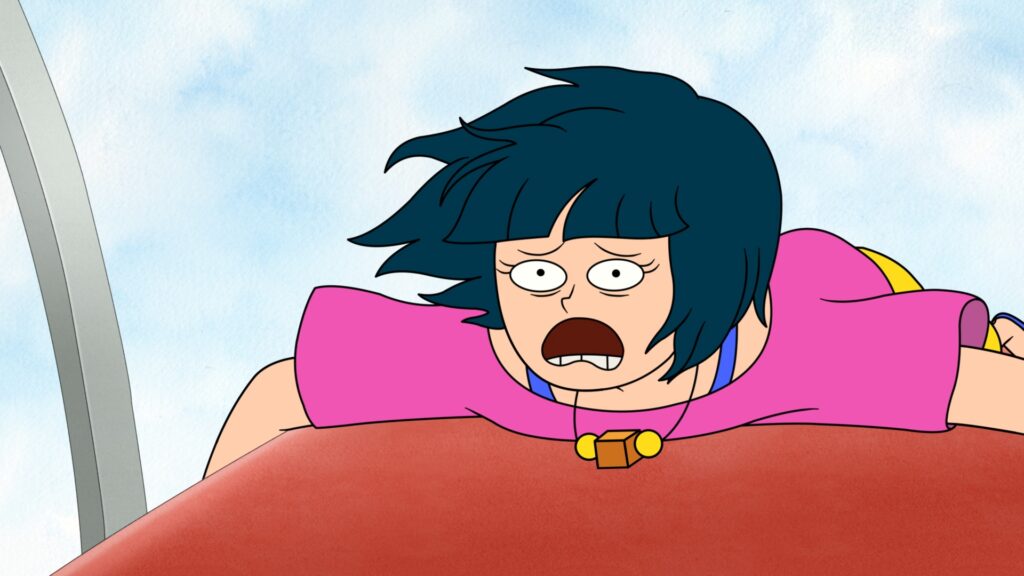
The Concept of the “Reset” in Animation
JD (CON’T): [As] you were saying, you’re kind of coming up with a new story. Do you plan to build [or] return to previous storylines or plot points?
JGQ: Yes. And because I come from kids animation, I’ve worked at Cartoon Network my whole career, I’m very used to standalone episodes where everything is self-contained and you kind of get a reset button at the end of the episode. I really like that format and I feel like Close Enough definitely has that format, where even if you’ve never seen the show, you could just jump in on Season Three and they’re gonna be super funny.
You don’t need to know anything from before. But then as the series goes on, the characters really start to become a little more real and you start to think about, “Well, where are they gonna go? They’re not always just gonna reset”. After a few seasons, it’s always nice to start twisting it and letting them grow and change, and then it starts to become a little more episodic as the series goes on. But I always like to try to make something that still has that standalone feel where you don’t have to watch them all in order to get extra enjoyment out of it or something. You could really just catch one [episode] and you’ll laugh, you know?
JD: It was a good thing that you brought up the reset because I think it was [Close Enough] Season Two where Bridgette [Hashima (voiced by Kimiko Glenn)] has [Episode 207 — “Where’d You Go, Bridgette?”] with Daniel Brooks’s character [Pearle Watson] and how [there is] the zombie [horde] or the cellphone thing going on. I thought that was resolved, [but the show returns] to a point in Season Three where [Bridgette]’s back on her phone.
Like you said with the reset, it’s a spiral.
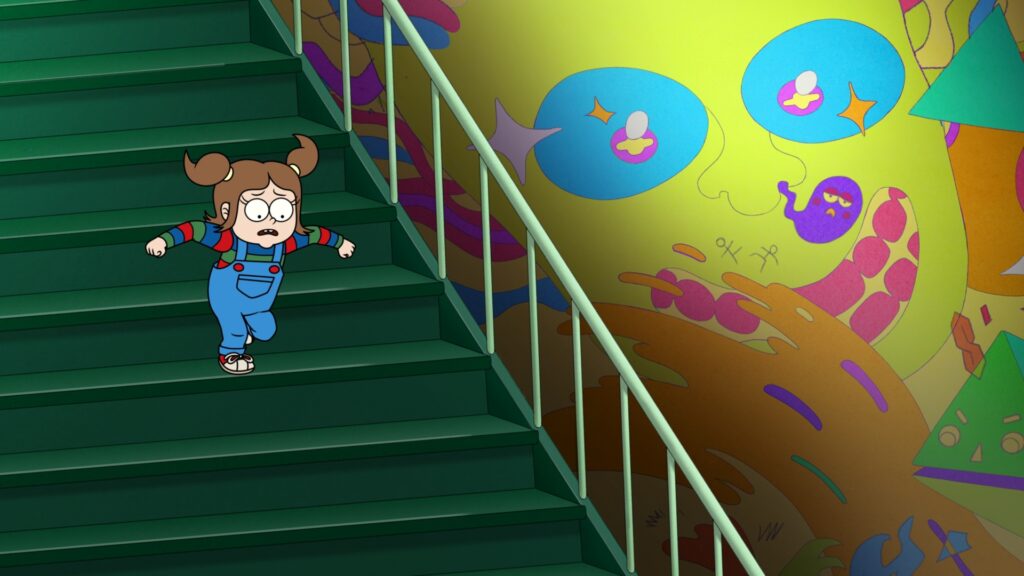
Holiday Enough
JD (CON’T): [T]his is the first season, I believe, that includes an episode that focuses on a holiday. I don’t know if people know what that is. There [are] no loglines announced yet; did you always plan to do holiday-themed episodes?
JGQ: Yeah, I think they’re really fun. The episode from Season Three is a Halloween episode. It’s our first Halloween episode for this series. We did them on Regular Show, and I just really like doing Halloween episodes that was like always from loving them as a kid on The Simpsons. Like they were my favorite ones, so it’s kind of like a love letter to that, but I like doing those every season. I think they’re really fun, and being able to just twist the rules and then you can let the characters die or you can let anything can happen. It’s like, “Well, it’s Halloween, so it’s totally fine”, and I think that this one, I was really happy with how it turned out; we get really meta at the end of it. I think people will really it.
Potential Crossover?
JD: There’s an Easter Egg [for] Regular Show and it’s been happening throughout the entire season. I feel like this question might [already] be answered [in the Halloween episode], but will there be a Regular Show and Close Enough crossover in the works?
JGQ: I don’t know about a literal crossover where you’ll see them, but I really like hiding the little Easter Eggs in there where they’re so subtle that sometimes people won’t even notice them. [In] the Season One [Easter Egg] of the wallpaper in their kitchen being Regular Show characters. I feel like some people notice that right away and other people maybe are like, “It’s just wallpaper”, but if you really look, you can see them. It’s really fun to hide that stuff in every episode, every season.
Wrap-Up
JD: Thank you so much for this opportunity to speak with you It was such an honor to have seen such brilliant work. I hope many people get to witness and experience all the greatness that this show has to offer. Thank you so much!
JGQ: Oh, thanks, John!
Close Enough Season 3 is now streaming on HBO Max.
Read my non-spoiler review on the new season of his adult animated sitcom show!
Will you be watching this season of J.G. Quintel’s series? If so, let us know! For more comedy and animation-related news and reviews visit and follow The Cinema Spot on Facebook, Twitter, and Instagram!
Managing editor & film and television critic with a Bachelor's of Arts in English Literature with a Writing Minor from the University of Guam. Currently in graduate school completing a Master's in English Literature.



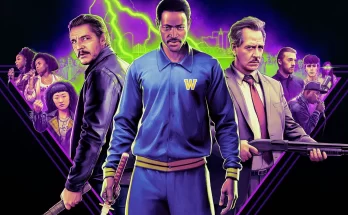
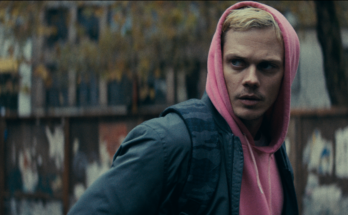
14 Comments on “‘Close Enough’ (HBO Max) Season 3 Interview With J.G. Quintel”